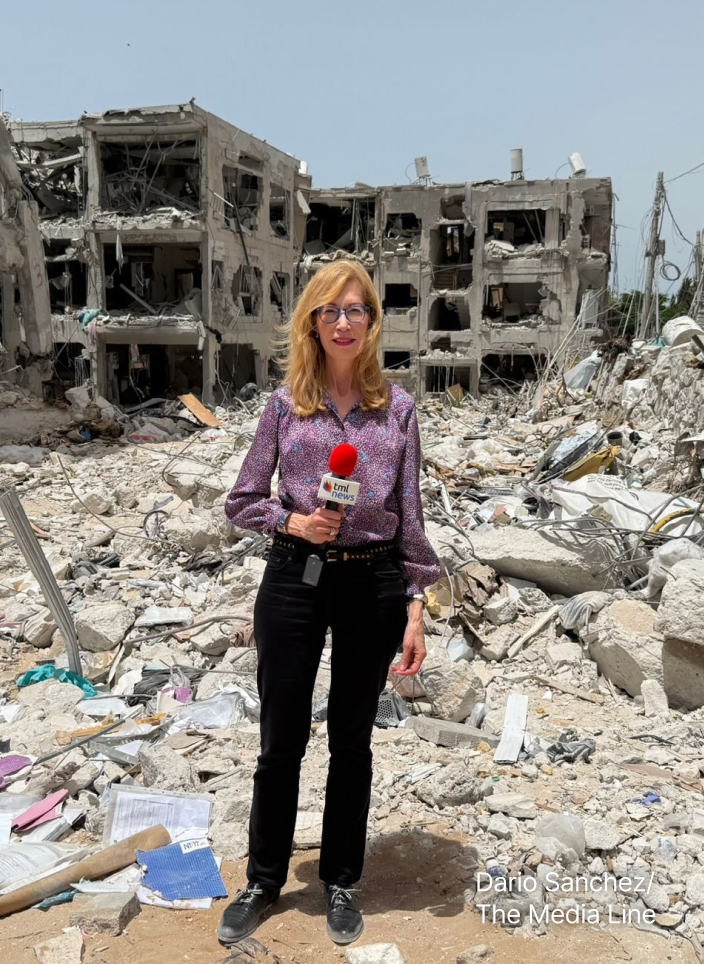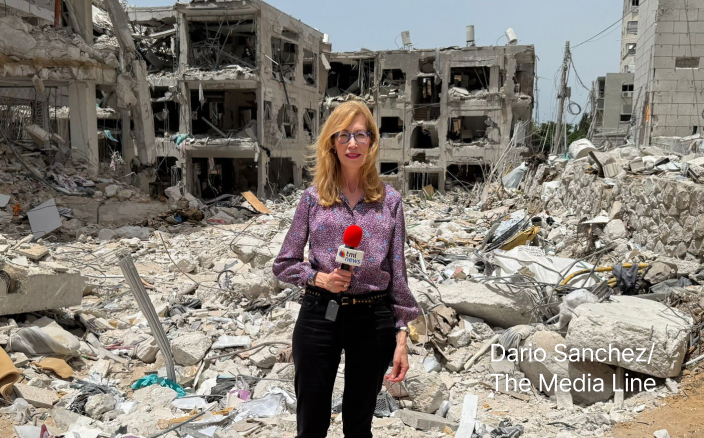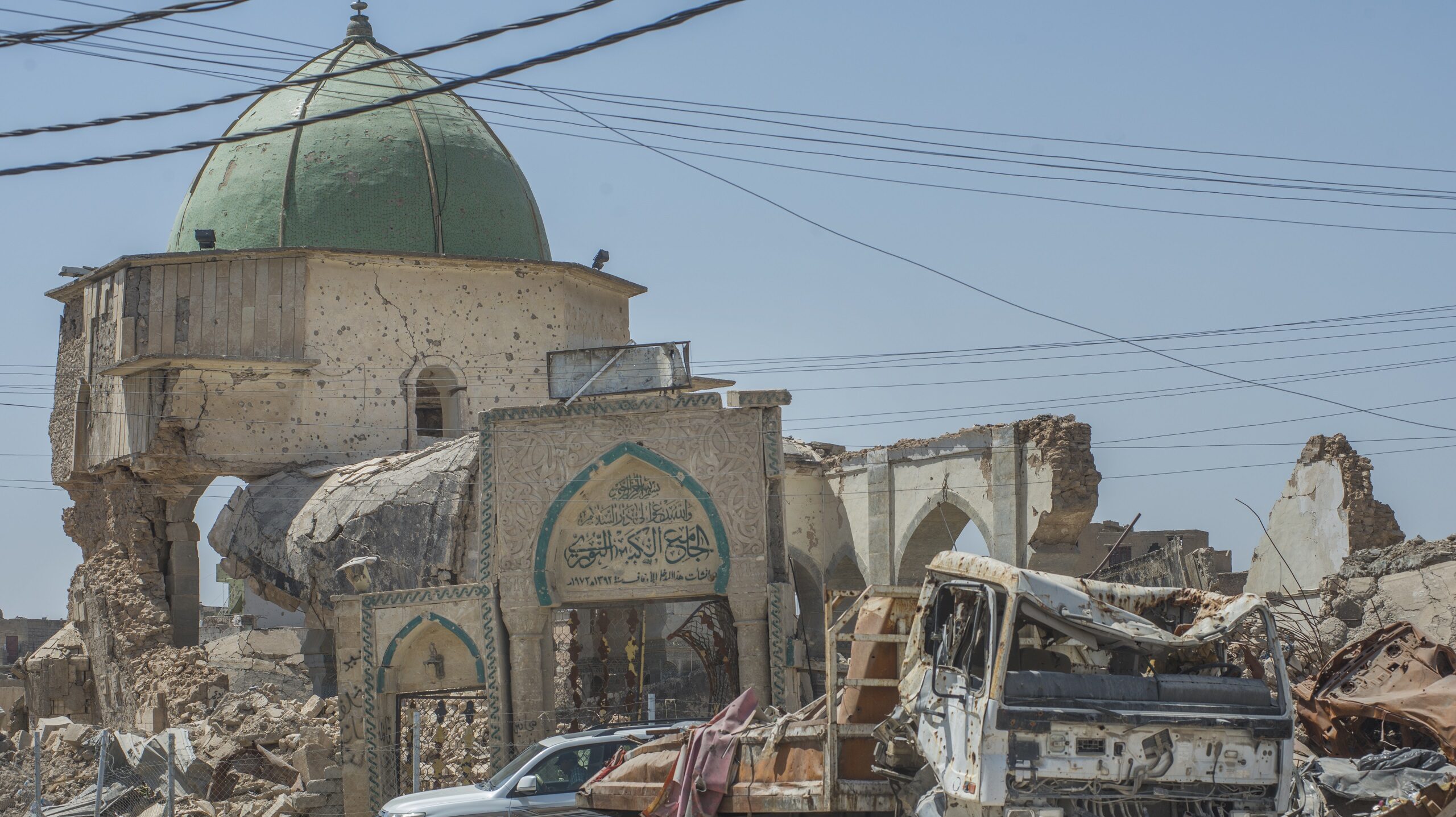Bombs Found in Mosul’s Al-Nuri Mosque During Restoration Work
During restoration work at Mosul’s historic Al-Nuri mosque, a United Nations team discovered five bombs hidden in the walls, planted years ago by the Islamic State (IS) group. These large explosive devices were found in the southern wall of the prayer hall by a UNESCO team on Tuesday. The bombs were intended to cause massive destruction, a representative for the agency reported late Friday.
The Al-Nuri mosque and its adjacent leaning minaret, Al-Hadba, dating back to the 12th century, were destroyed during the battle to recapture Mosul from IS. The Iraqi army accused IS, which controlled Mosul for three years, of planting and detonating the explosives at the site.
Give the gift of hope
We practice what we preach:
accurate, fearless journalism. But we can't do it alone.
- On the ground in Gaza, Syria, Israel, Egypt, Pakistan, and more
- Our program trained more than 100 journalists
- Calling out fake news and reporting real facts
- On the ground in Gaza, Syria, Israel, Egypt, Pakistan, and more
- Our program trained more than 100 journalists
- Calling out fake news and reporting real facts
Join us.
Support The Media Line. Save democracy.


UNESCO has been leading efforts to restore the mosque and other architectural heritage in Mosul, much of which was devastated during the 2017 conflict. “The Iraqi armed forces immediately secured the area, and the situation is now fully under control,” UNESCO stated.
While one bomb was removed, four others, each weighing 1.5 kilograms (3.3 pounds), remain connected and are expected to be defused in the coming days. These devices were hidden inside a specially rebuilt wall, which explains why they were not discovered when Iraqi forces cleared the site in 2020.
Gen. Tahseen al-Khafaji, spokesperson for Iraq’s Joint Operations Command, confirmed the discovery and said that provincial deminers requested assistance from the Defense Ministry due to the bombs’ complex construction. All construction work has been halted until the devices are safely removed.
The restoration of Al-Nuri, largely funded by the United Arab Emirates, is slated for completion in December 2024. This effort aims to erase the stigma of IS occupation, with the minaret being rebuilt using 45,000 original bricks salvaged from the rubble. In January 2022, restoration teams also uncovered an underground prayer room from the original 12th-century structure.

